The Living Fossils Project
The Living Fossils Project
Darwin first used the term “living fossils” to describe a group of plants that had apparently survived intact for hundreds of millions of years. During this time a wide range of environmental conditions occurred, causing several mass extinctions, and yet these plants survived. An intriguing question is how the living fossils were able to persist over millions of years and further, how their extant relatives diverged and evolved. Belonging to the cone-bearing, non-flowering group of plants, known as gymnosperms, these species, with huge and complex genomes, hold clues to understanding genomic resilience to environmental change.
Advances in sequencing technologies are now available to answer these questions. Very recently, approaches have become available to characterize these complex organisms genetically, and at a reasonable cost. In this project, our interdisciplinary team of researchers compare ancient species to their more highly evolved relatives in order to identify how genomes function, adapt and evolve.
Three of the four extant gymnosperm lineages contain species which Darwin termed “living fossils.” These have been present since the Devonian Era and have survived an incredible range of environmental conditions. The genomes of almost every gymnosperm are extremely large and complex and have been somewhat refractive to genomic characterization as a result. However, the development of the Oxford Nanopore PromethION sequencer, which can provide extremely long reads (greater than 10 kb) at a reasonable cost, will be used to carry out detailed characterization of the genomes of these plants as well as their more modern, radiated lineages. In addition, the methylation status of these species will be analyzed from multiple tissues to understand epigenomic variability. Specific questions about genome resilience and evolutionary relationships will be addressed. Advances in single molecule sequencing technologies from this project will have broad impact across the life sciences.
For the The Official Website of the Living Fossils Project, please visit: http://livingfossils.org/
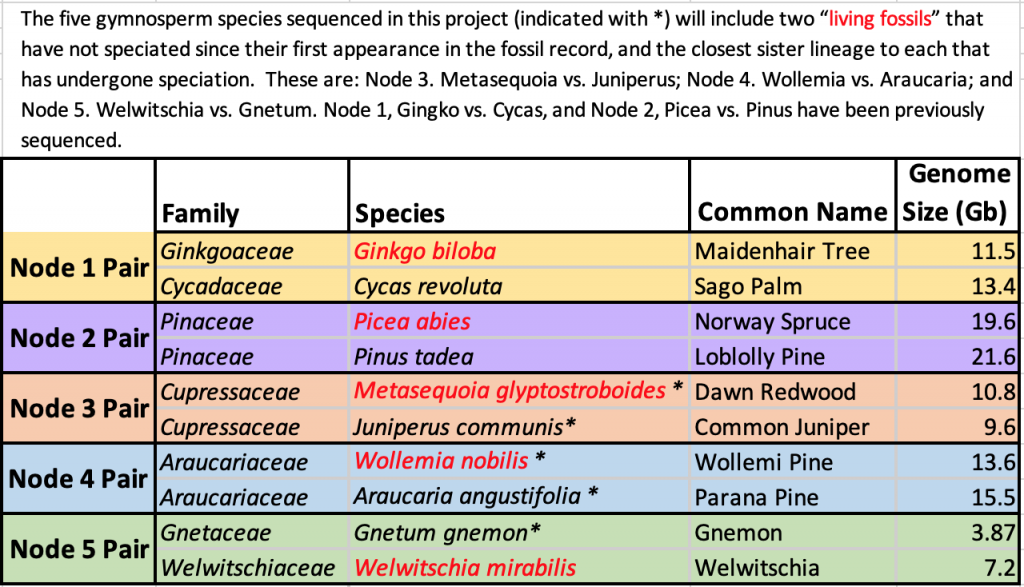
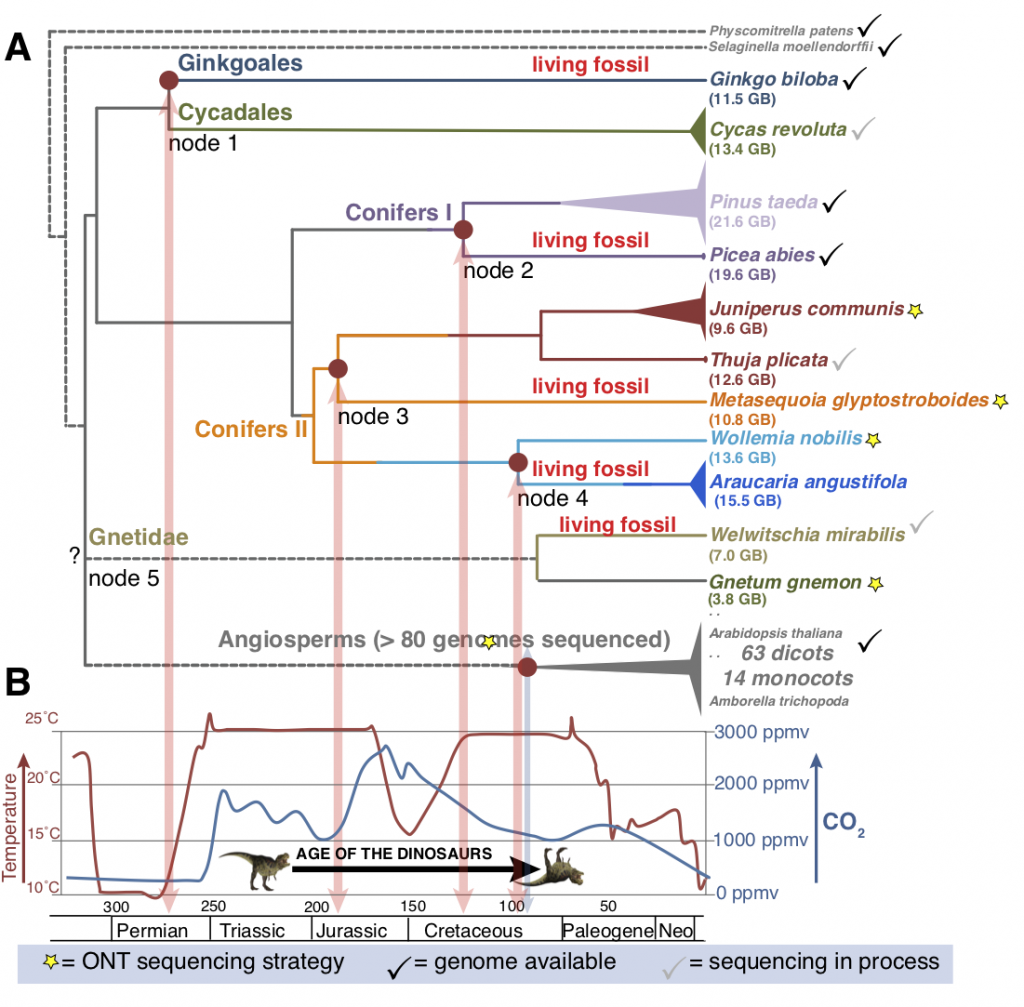
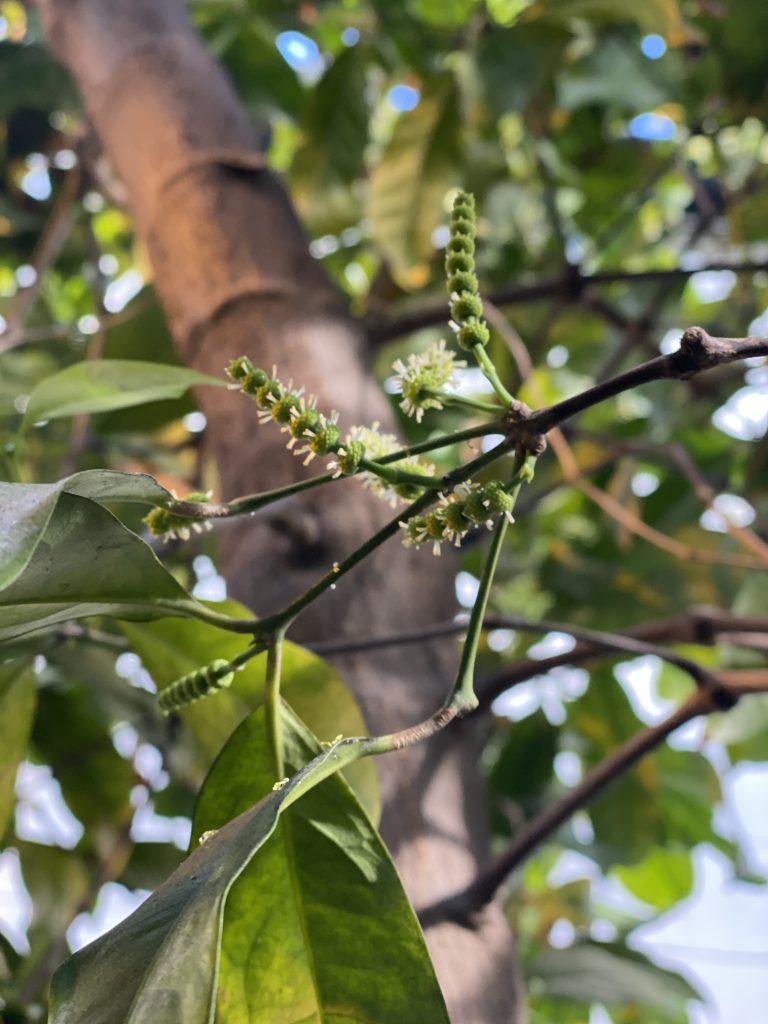
Gnetum gnemon pollen cones 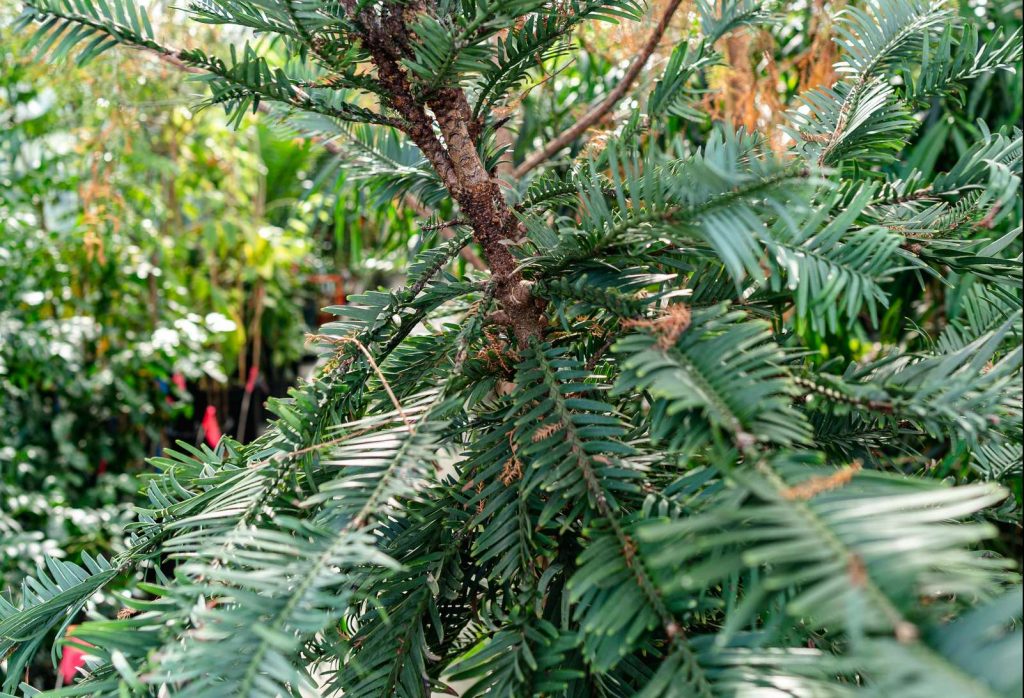
Wollemia nobilis

Grove of Metasequoia glyptostroboides 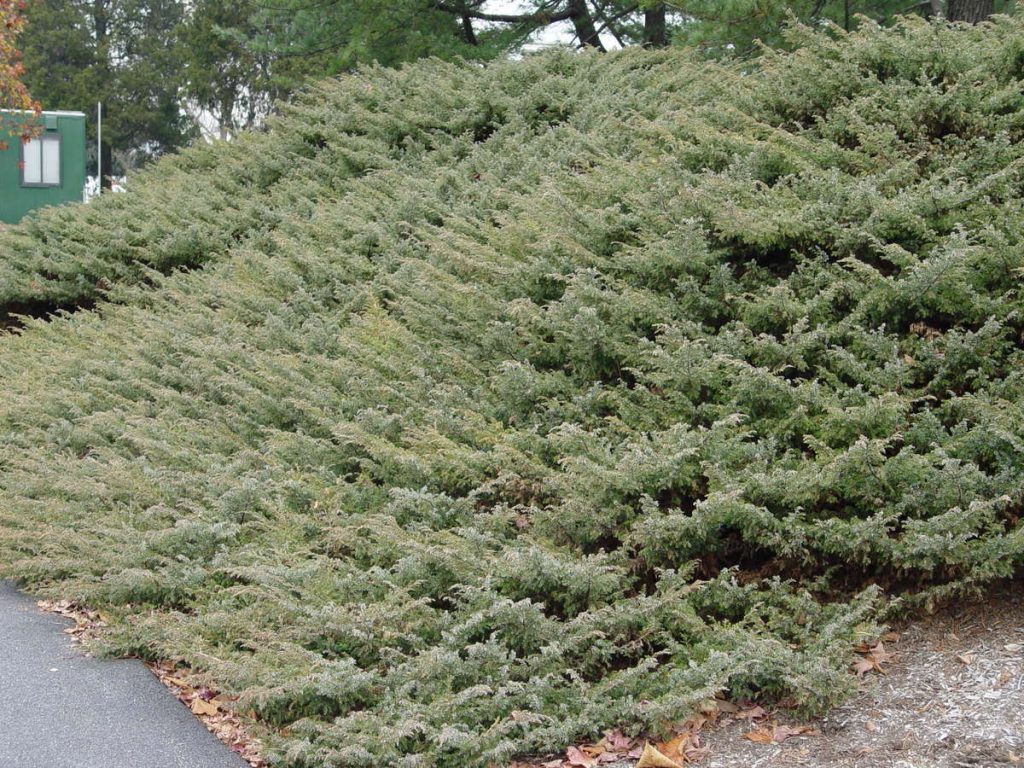
Juniperus communis
For the The Official Website of the Living Fossils Project, please visit: http://livingfossils.org/
For More Information About the Living Fossils Project, Please contact Dr. Richard McCombie -mccombie@cshl.edu
Living Fossils Data Links
- Wollemia nobilis NCBI SRA link to project
- Metasequoia glyptostroboides NCBI SRA link to project
- Araucaria angustifolia NCBI SRA link to project
- Juniperus communis NCBI SRA link to project
- Gnetum gnemon NCBI SRA link to project